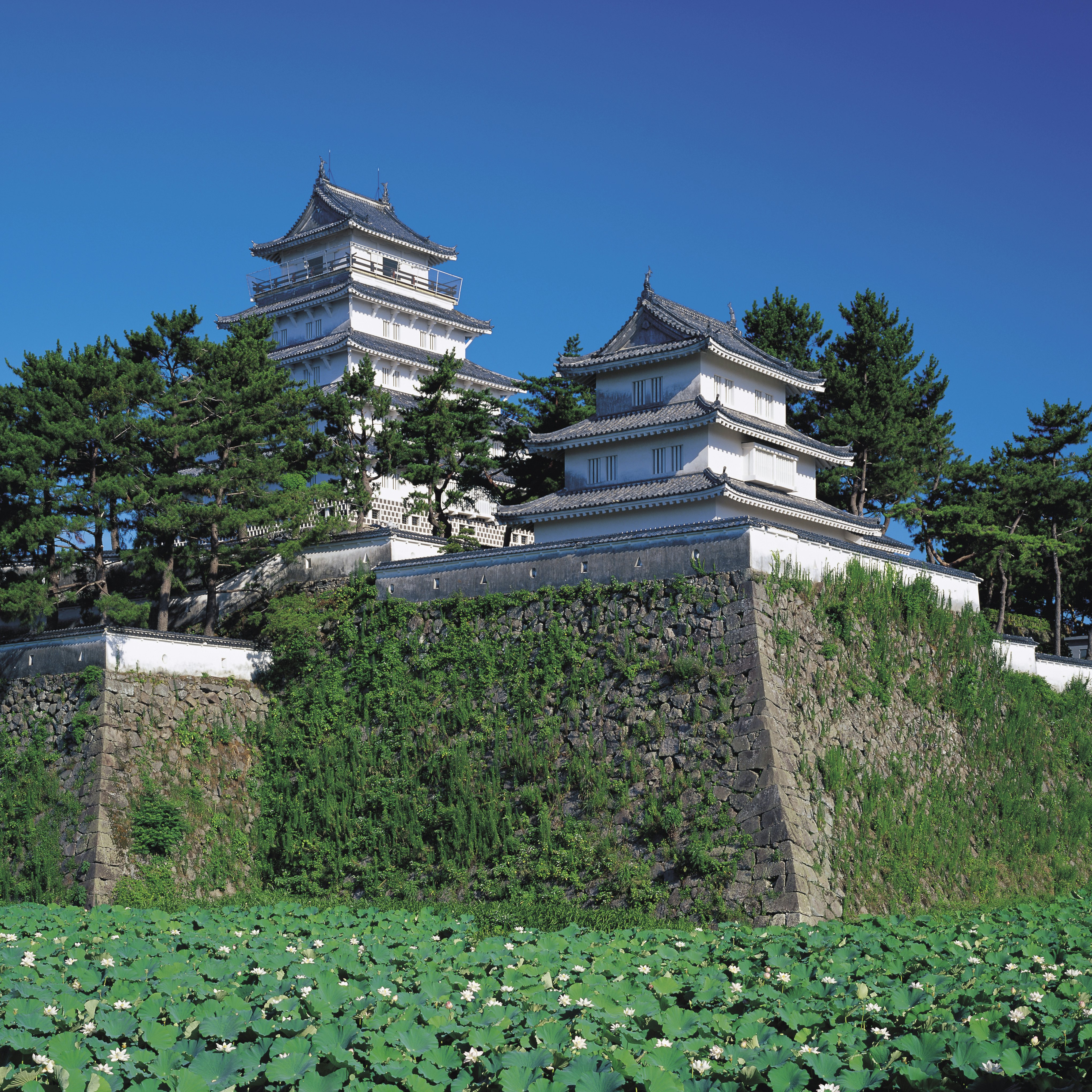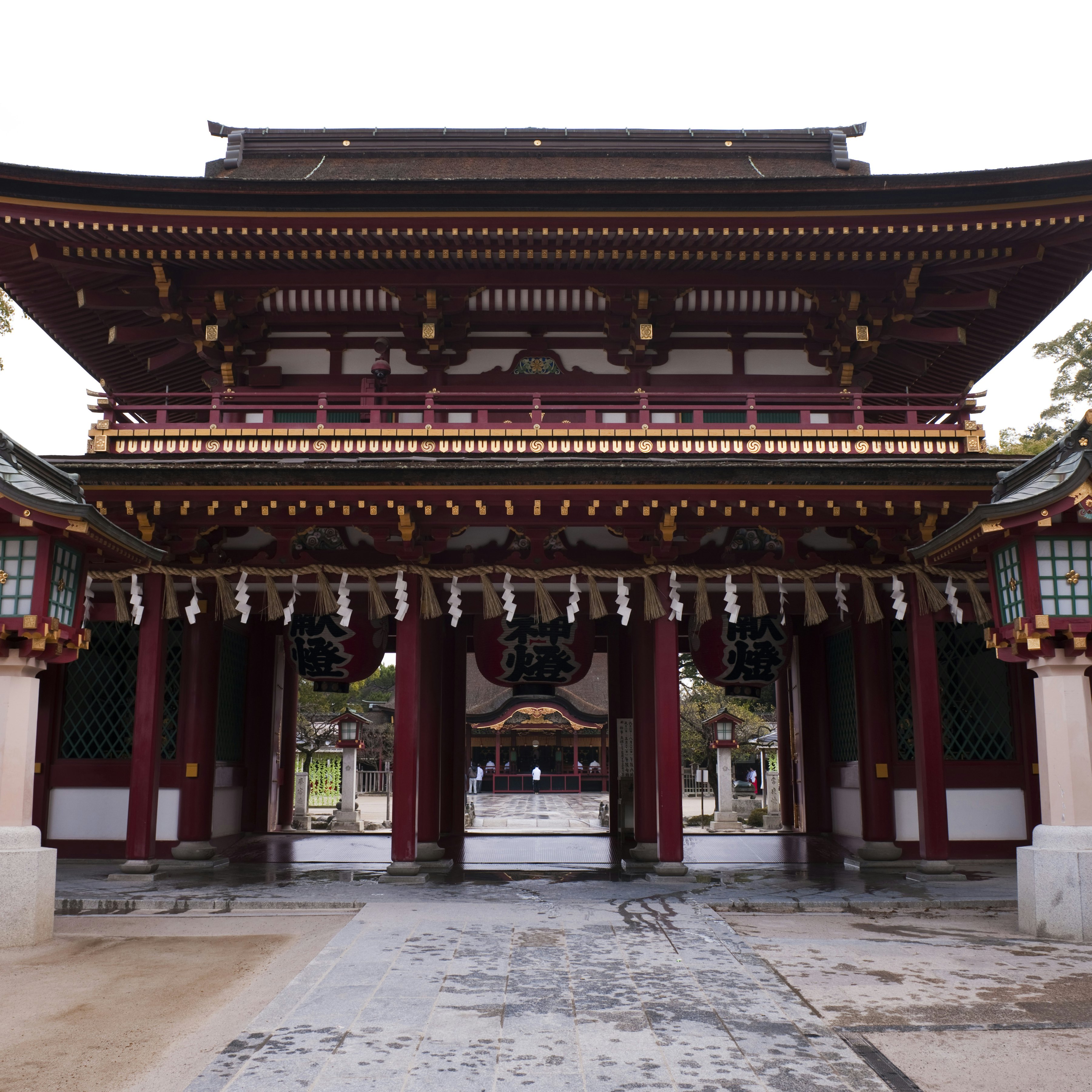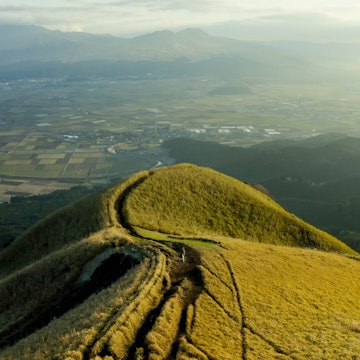
Overview
Kyūshū (九州), Japan's southern- and westernmost main island, is arguably its warmest and most beautiful, with active volcanic peaks, rocky, lush and near-tropical coastlines, and great onsen (hot springs) virtually everywhere. History and legend were made here: Jōmon ruins, Shintō's sun goddess, wealthy trading ports, cloistered foreigners, samurai rebels and one of the earth's greatest wartime tragedies all loom large.
Meet your new travel partner
Stay connected in Kyūshū
Unlimited data while you travel with Holafly eSIM. Use code LONELYPLANET for an exclusive discount.
Must-see attractions
Get a book. Get inspired. Get exploring.
in partnership with getyourguide





















